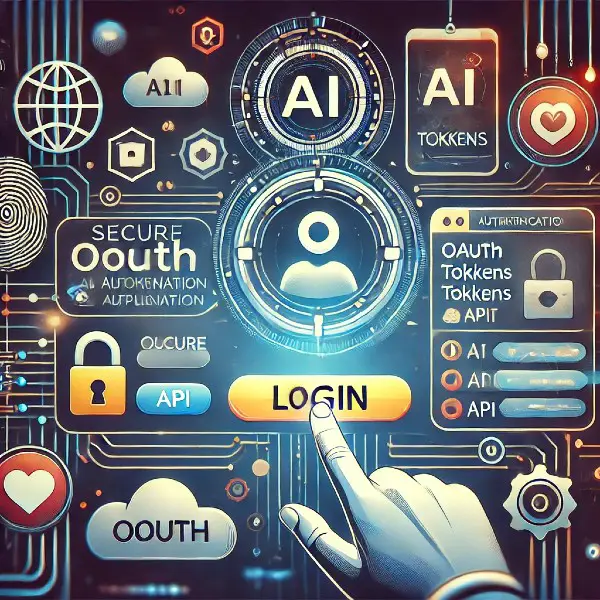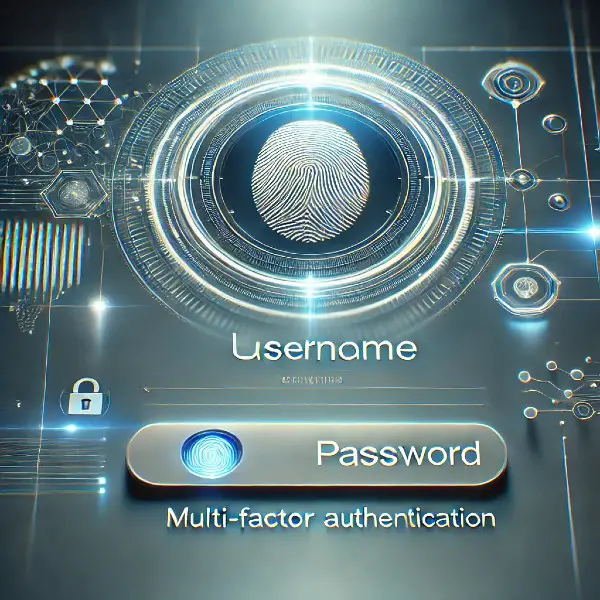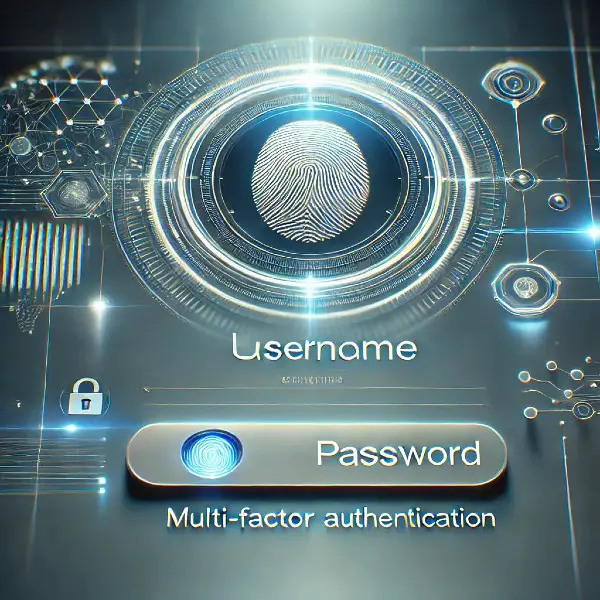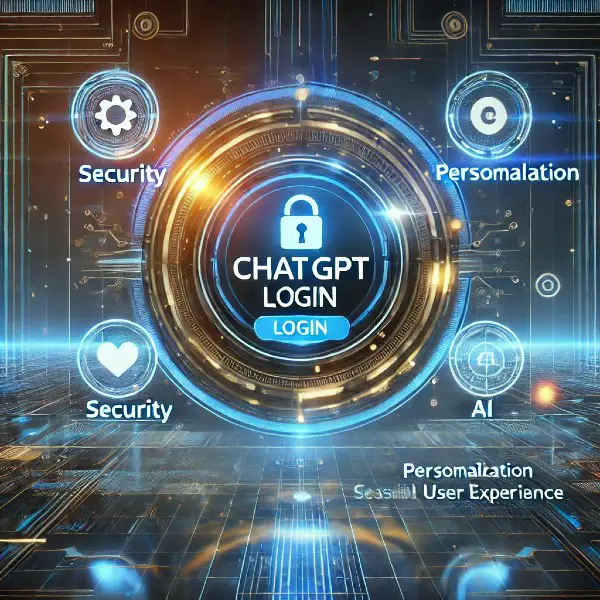ChatGPT Login In the rapidly evolving landscape of artificial intelligence, integrating AI-driven tools like ChatGPT into your applications can give you a significant edge. Among the various functionalities that developers need to master, implementing a secure and efficient login system is paramount. This guide delves into the process of integrating ChatGPT login into your applications, ensuring that both security and user experience are optimized.
Understanding the Basics of ChatGPT Login
The ChatGPT login process is designed to be intuitive and developer-friendly, but it does require a solid understanding of OAuth protocols and API interactions. At its core, the ChatGPT login leverages secure token exchanges to authenticate users, thereby ensuring that only authorized individuals can access the AI’s powerful features. As developers, the first step is to familiarize yourself with the OAuth 2.0 framework, which forms the backbone of most modern authentication systems, including ChatGPT.
Setting Up Your Development Environment
Before diving into code, it’s crucial to have the right tools and environment set up. Ensure that your development environment is configured with the necessary libraries and dependencies to interact with the ChatGPT API. Python, Node.js, or any language that supports HTTP requests can be used, depending on your project needs. Additionally, you’ll need to register your application with OpenAI to obtain client credentials, which are essential for initiating the OAuth flow.
Implementing the ChatGPT Login
Once your environment is set up, the implementation begins by constructing the authorization URL where users will grant access to your application. After obtaining the authorization code, your server will exchange it for an access token, which will then be used to authenticate API requests. This process needs to be seamless and secure, ensuring that user data is protected throughout the interaction.
Handling Tokens and Session Management
Token management is a critical aspect of the ChatGPT login integration. Access tokens have a limited lifespan, so your application needs to handle token refreshes seamlessly. Additionally, implementing secure session management practices will ensure that user sessions are both secure and persistent, providing a smooth user experience without compromising on security.
Testing and Debugging
Before going live, thorough testing is essential. Simulate various scenarios, including token expiration, invalid credentials, and network failures, to ensure your implementation handles all possible edge cases. Debugging tools and logging are invaluable during this phase, as they help you identify and resolve issues that could affect the login flow.
Conclusion: Streamlining User Access with ChatGPT Login
By following this roadmap, developers can integrate ChatGPT login into their applications effectively, providing users with secure and seamless access to AI-powered features. The key lies in understanding the underlying protocols, setting up a robust environment, and rigorously testing your implementation.
Reference
1. OpenAI’s Documentation on ChatGPT Login
The official OpenAI documentation provides detailed insights into the ChatGPT login process, particularly focusing on the importance of secure authentication when accessing their API. This resource explains the steps involved in generating API keys, setting up secure user authentication, and managing tokens to ensure safe and reliable access to ChatGPT. The documentation also offers guidelines on best practices for maintaining session security, making it an invaluable reference for developers and users looking to integrate ChatGPT into their applications.
2. TechCrunch Article on ChatGPT Integration and Login Experience
A TechCrunch article discusses the evolving user experience of ChatGPT, with a specific focus on the login process. The piece explores how OpenAI has streamlined the login experience to facilitate easier access for both new and returning users. It also delves into the implications of using single sign-on (SSO) options and how these have enhanced the usability of ChatGPT across different platforms. This article is particularly useful for understanding the broader context of how login processes impact user interaction with AI technologies.
3. Wired Magazine on the Security Aspects of ChatGPT Login
A Wired Magazine article highlights the security concerns and best practices associated with the ChatGPT login process. The article emphasizes the importance of protecting user credentials and data when interacting with AI models like ChatGPT. It outlines potential risks, such as phishing attacks and data breaches, and offers strategies to mitigate these risks, including the use of two-factor authentication and regular password updates. This resource is essential for users who prioritize security in their AI interactions.









